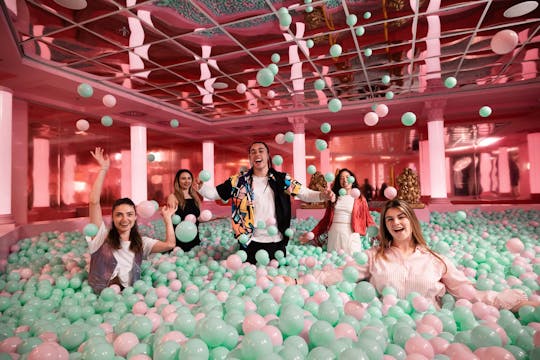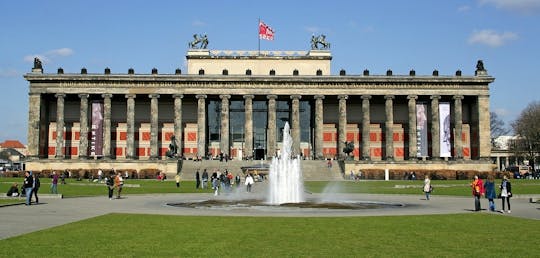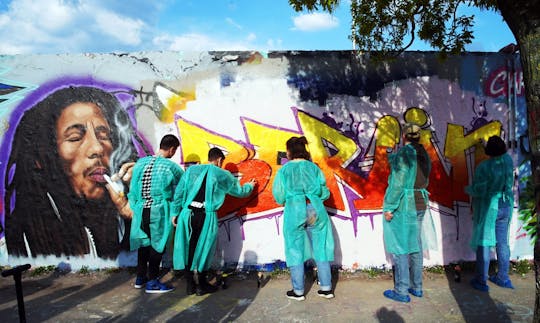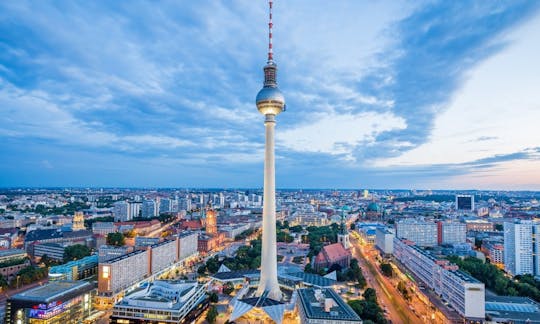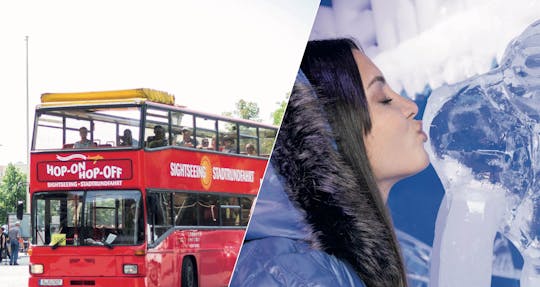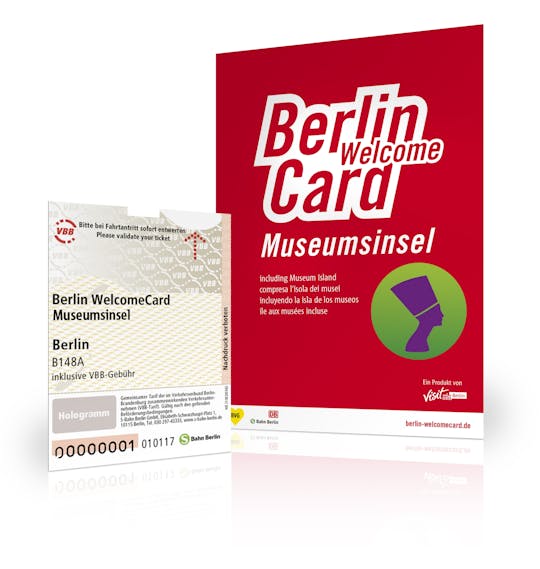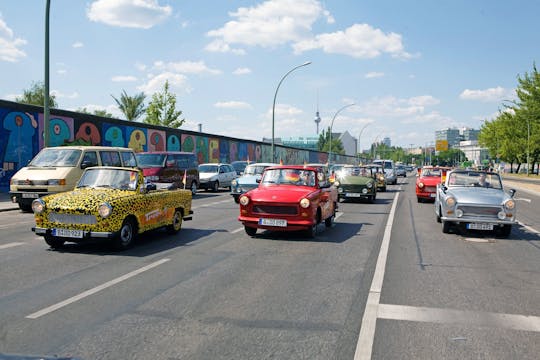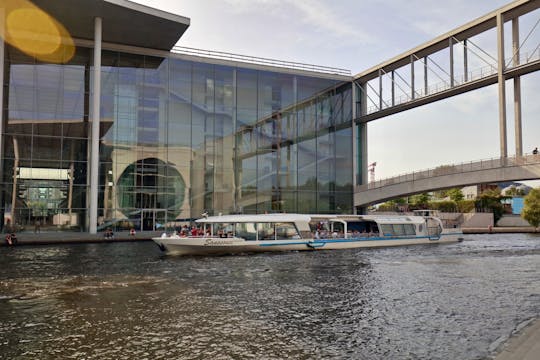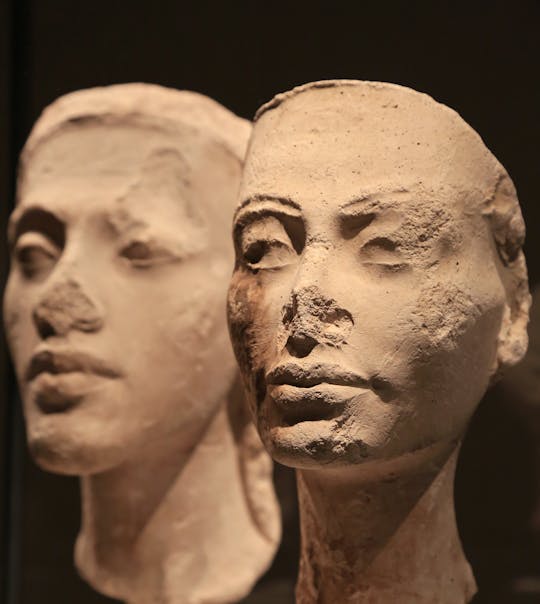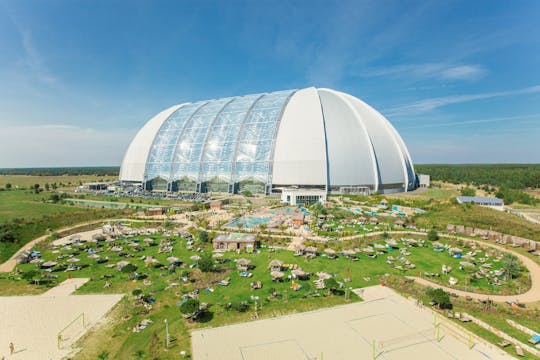The lively district of Kreuzberg just south of Berlin's city center is a 19th-century workers district, formerly part of West Berlin, that has seen it all over the years. Immigrants, capitalists, anarchists, artists, WWII bombs, the Cold War decades, each in their turn have greatly influenced the district. It's the one Berlin neighborhood that is known, loved, and feared across Germany as the birthplace of the counterculture for which the whole city has become famous over recent decades.
Starting off at the Oberbaumbrücke, Berlin’s most beautiful bridge, this three-hour tour with an urban historian takes you past the main landmarks of “SO36” (the eastern half of the district, named after the old postal code) and gives you insight into the area's rough history and the fast-moving events that are shaping its future. It also allows you to take it easy, to experience the Kreuzberg way of life that attracted the likes of rock legends David Bowie and Iggy Pop to haunt these streets during the Cold War 70s.
After pondering the remains of the Berlin Wall, your guide helps you to explore the creative uses of abandoned buildings and plots of land as art hubs, to grasp the importance of graffiti and street art to Kreuzberg's look and feel, and to discover the graceful Görlitzer Park (one of Berlin's most popular green spaces) and the 120-year-old market hall, Markthalle 9, where locals trade in artisanal and trendy food products. Next, you move through the Turkish immigrant culture abounding in shops and in colorful markets full of flowers, spices, delicious takeaway foods one can sample, such as deep-fried spinach and cheese Gözleme, falafel sandwiches, and freshly pressed pomegranate juice. Having gained a rich sense of Kreuzberg's kaleidoscopic culture, you conclude by discussing the controversial riverside development plans that today threaten to gentrify a district that prides itself on its authenticity.


